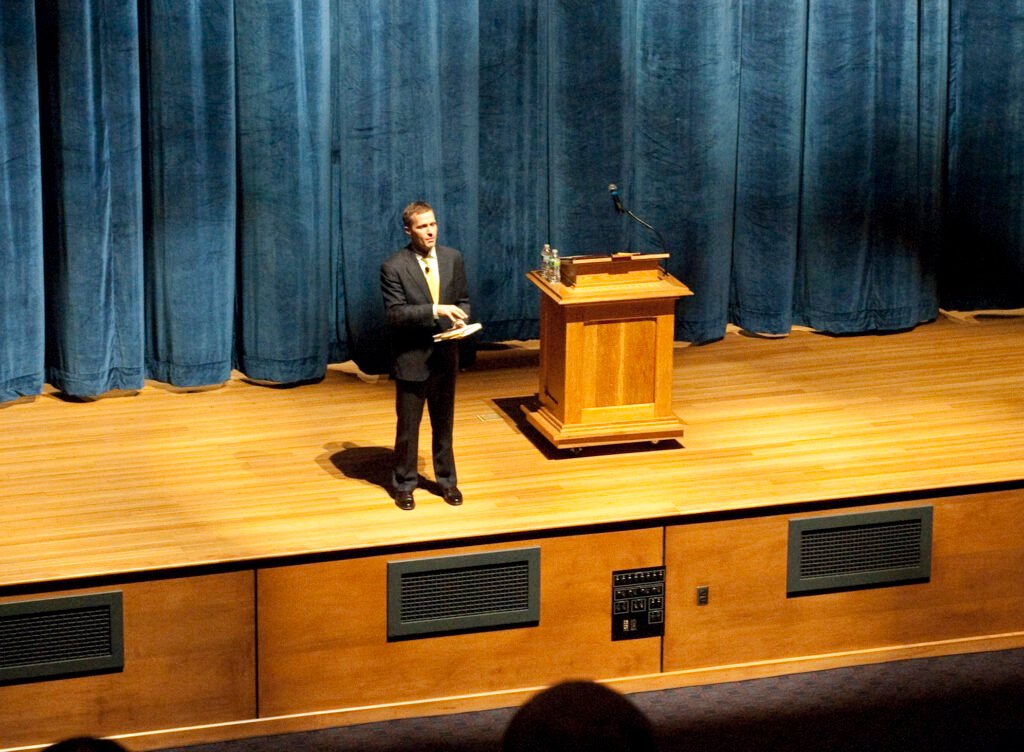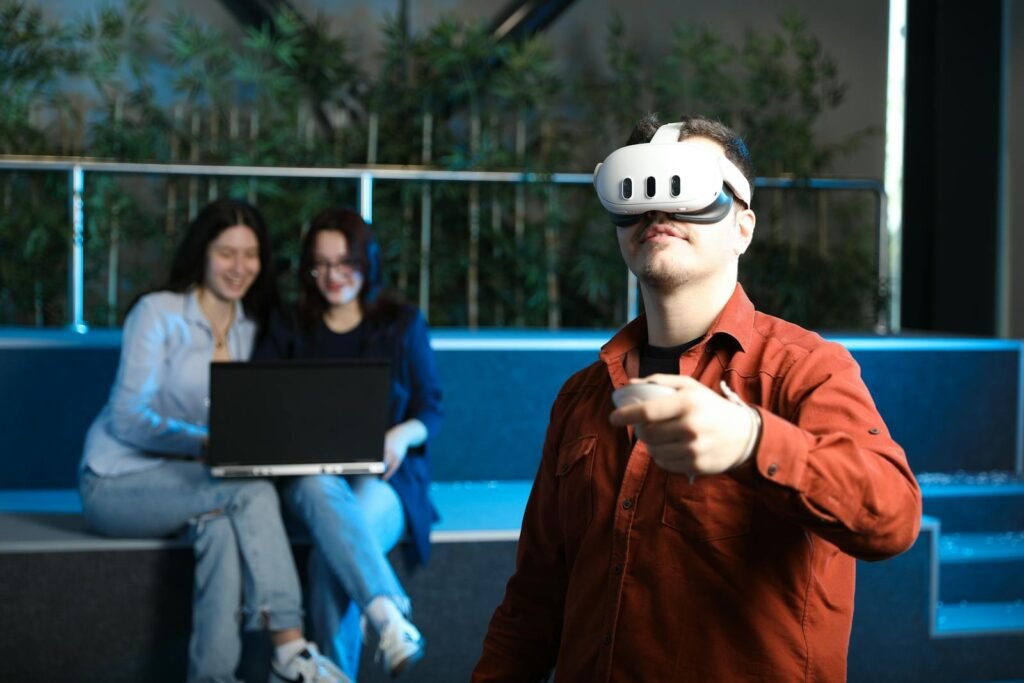Imagine waking up to find Albert Einstein answering questions on your favorite podcast, or Frida Kahlo painting live on a digital canvas, her voice guiding you through every vibrant stroke. It sounds like a science fiction dream, but thanks to the leaps and bounds in artificial intelligence, digital resurrection—recreating the likeness and intellect of the deceased—is no longer a distant fantasy. This powerful technology raises thrilling possibilities and unsettling questions. Should we allow AI to bring back the minds and voices of history’s brightest stars? Or are we stumbling into a moral maze with no clear exit? Let’s dive deep into the heart of this debate, exploring the hopes, fears, and wild potential of digital resurrection.
What Exactly Is Digital Resurrection?
Digital resurrection refers to the process of using advanced AI, data analysis, and sometimes even deep learning to recreate the likeness, voice, and even decision-making patterns of people who are no longer alive. This isn’t about simple holograms or statues—it means generating digital entities that can interact, respond, and think in ways that reflect the personalities and intellects of the original individuals. Imagine asking a digital Marie Curie about nuclear physics, or debating civil rights with a virtual Martin Luther King Jr. It’s a bold step that blends computer science, psychology, and ethics in completely new ways. The technology relies on mountains of data—letters, interviews, recordings, and creative works. As data grows, so does the realism of these recreated personas, blurring the line between tribute and imitation.
The Allure of Bringing Back Genius
There’s no denying the fascination. Many people dream of hearing their favorite artists explain their masterpieces, or getting advice from the world’s greatest minds. Digital resurrection promises to make this possible, offering a kind of time machine powered by algorithms. Schools could invite virtual Socrates for a lively debate, or museums could host live Q&A sessions with a digital Da Vinci. For some, it’s a chance to bridge centuries, making history vivid and interactive. The emotional pull is intense—imagine a grieving family hearing a loved one’s voice again, or a community getting wisdom from a lost leader. The idea tugs at our deepest desires for connection, understanding, and inspiration.
Science Behind the Scenes: How AI Brings People “Back”
The magic behind digital resurrection is a blend of AI techniques—natural language processing, machine learning, and deep fake technology. To recreate a deceased person, AI systems need mountains of data: written works, video footage, audio recordings, and even personal letters. These materials are analyzed to capture the person’s speech patterns, vocabulary, and unique quirks. The AI then constructs a digital persona that can answer questions, hold conversations, and even react emotionally. Some companies are experimenting with “personality models,” where the AI is trained not just on facts, but on the individual’s way of thinking and feeling. The more data available, the more realistic and convincing the resurrection becomes.
The Emotional Impact on Families and Fans
Bringing back a loved one—or a beloved public figure—can be both comforting and unsettling. For families, it might offer a new way to process grief, allowing for one last “conversation” or an ongoing digital relationship. Fans, too, may feel a sense of closeness to their heroes, experiencing a thrill that borders on the miraculous. But the line between comfort and exploitation is thin. For some, digital resurrection risks reopening old wounds, or even erasing the closure that comes with loss. There’s also the risk of fueling unhealthy obsessions, as people begin to prefer digital ghosts over real relationships.
Consent: The Heart of the Ethical Debate
Consent is the linchpin in discussions about digital resurrection. If a person never agreed to be digitally recreated, is it fair—or even legal—to do so after their death? Some public figures have left clear instructions, but many have not. The lack of explicit consent raises tough questions: Who owns a person’s likeness or voice after they’re gone? Should families, estates, or the public decide? In the absence of clear rules, digital resurrection walks a fine ethical line, balancing respect for the dead with the desires of the living.
Intellectual Property and Ownership
Digital resurrection isn’t just about ethics—it’s also a legal minefield. The works, voices, and likenesses of artists, scientists, and leaders are often protected by intellectual property laws. But what happens when AI can generate new works “in the style” of a famous painter, or answer questions as if they were a legendary scientist? Does the estate own the rights to these digital creations? Or does the company that built the AI model have the claim? These questions are already playing out in courtrooms around the world, and the answers aren’t always clear.
Respecting Legacy—Or Tampering With It?
When we digitally resurrect someone, are we honoring their memory, or rewriting their legacy? Some say this technology offers a powerful way to preserve and celebrate genius. Others worry it could distort history, putting words in the mouths of people who can no longer defend themselves. Imagine a digital Einstein endorsing products he never would have touched, or a recreated Maya Angelou expressing opinions she never held. The risk of misrepresentation is real, and the damage to a person’s legacy could be lasting.
The Danger of Manipulation and Deepfakes
AI-powered digital resurrection carries the frightening risk of manipulation. Deepfakes—videos or audio clips that convincingly mimic real people—are already causing havoc in politics and entertainment. If anyone can create a digital version of a famous leader, what’s to stop them from spreading false information, or even inciting unrest? The potential for abuse is staggering. It’s not hard to imagine a world where fake speeches or interviews are used to sway public opinion, rewrite history, or sell products with unethical endorsements.
Human Connection vs. Digital Simulation
No matter how advanced the technology, a digital recreation is still an imitation. The warmth of a real conversation, the unpredictability of a live performance, and the spark of genuine insight—these are hard to fake. Some critics argue that digital resurrection, while impressive, risks cheapening what makes human relationships special. If we spend our time chatting with digital ghosts, are we losing touch with real, messy, unpredictable life? Or does this technology offer new ways to connect, learn, and grow? The answer isn’t simple.
Educational Potential: A New Kind of Classroom
Despite the risks, digital resurrection has thrilling educational potential. Imagine students debating philosophy with a digital Aristotle, or learning poetry from a virtual Maya Angelou. These AI-powered personas could make history come alive, offering interactive lessons that textbooks simply can’t match. Museums, schools, and libraries could use digital recreations to inspire curiosity and spark debate. Done right, this technology could revolutionize the way we learn, making the past feel immediate and real.
Reviving Lost Languages and Cultures
Digital resurrection isn’t just for famous individuals. AI can also bring back lost languages, customs, and cultural practices. By analyzing old recordings and written documents, researchers are using AI to reconstruct the voices and stories of communities that have vanished. This offers a chance to preserve endangered cultures and share their wisdom with new generations. It’s a powerful example of technology being used for good—honoring the past and enriching the present.
Therapeutic Uses: Coping With Grief and Loss
Some psychologists are exploring digital resurrection as a tool for coping with grief. Chatbots modeled after lost loved ones can offer comfort, helping people process their emotions in a safe, controlled way. While this approach is controversial, early experiments suggest it can help some individuals find closure or manage complicated emotions. However, experts warn that digital ghosts can also prolong denial or make it harder to move on. Used thoughtfully, this technology could become a valuable part of therapy—but only with careful supervision.
Public Figures and the Burden of Fame
For celebrities, scientists, and leaders, digital resurrection raises unique challenges. Famous figures may be recreated without their consent, sometimes for commercial gain. The line between tribute and exploitation can blur quickly, especially when money is involved. Some estates have tried to control digital rights, but enforcement is tricky. As AI grows more sophisticated, public figures may need to spell out their wishes before they die, to avoid unwanted digital afterlives.
Society’s Changing Relationship With Death
Digital resurrection forces us to rethink our relationship with mortality. If we can interact with digital versions of the dead, do we ever truly say goodbye? Some see this as a way to soften the harshness of loss, while others worry it could make grief more complicated. Our rituals, beliefs, and emotional processes are all being challenged by this new technology. Like the invention of photography or the telephone, digital resurrection is reshaping the boundaries between life, memory, and technology.
Religious and Cultural Perspectives
Different cultures and religions have strong opinions about death, the soul, and the afterlife. For some, digitally recreating the dead is deeply disrespectful—a violation of sacred boundaries. Others see it as a form of ancestor worship, bringing the wisdom of the past into the present. These beliefs shape how digital resurrection is received around the world, sometimes sparking fierce debate. Any attempt to bring back the dead must tread carefully, respecting diverse traditions and values.
Regulation and the Need for Guidelines
As digital resurrection becomes more common, there’s a growing call for regulation. Clear guidelines are needed to protect privacy, ensure consent, and prevent abuse. Some governments are starting to draft laws, but the technology is moving faster than policy. Without thoughtful rules, digital resurrection could become a Wild West, with companies and individuals pushing ethical boundaries. Creating a fair, respectful framework will be one of the biggest challenges of the coming years.
The Role of AI Developers and Tech Companies

Tech companies and AI developers have enormous power—and responsibility—in this space. The choices they make, from how they train their models to how they market their products, will shape society’s experience with digital resurrection. Some companies are already setting up ethical review boards and consulting with ethicists, but others are racing ahead with little oversight. The stakes are high, and the world is watching. How companies handle this technology will set the tone for years to come.
Potential for Inspiration and Innovation

Despite all the risks, digital resurrection holds breathtaking potential. Imagine young scientists getting guidance from a digital Rosalind Franklin, or musicians collaborating with a virtual Beethoven. These AI recreations could spark creativity, inspire new discoveries, and keep the wisdom of the past alive. For some, the chance to learn from history’s greats is simply too exciting to ignore. The key is to use this power wisely, with humility and care.
The Uncanny Valley: When Digital Feels Too Real
One of the strangest challenges of digital resurrection is the “uncanny valley”—that weird, uncomfortable feeling when something looks almost human, but not quite. Many people find digital recreations unsettling, especially when they mimic real people’s voices or gestures. This discomfort can make digital resurrection feel eerie or even disturbing. The more realistic the technology becomes, the sharper this tension grows. Balancing realism and comfort will be a constant challenge for designers and users alike.
Moving Forward: Where Do We Draw the Line?

Deciding when and how to use digital resurrection is a question that touches on law, ethics, emotion, and technology. There’s no single right answer. Some people believe it’s a beautiful way to honor genius and keep wisdom alive. Others see it as a dangerous step toward erasing the line between life and death. As AI continues to evolve, society will have to decide: when is digital resurrection a tribute, and when does it cross the line into exploitation? The future is wide open, and the choices we make now will echo for generations.



